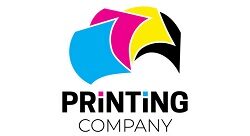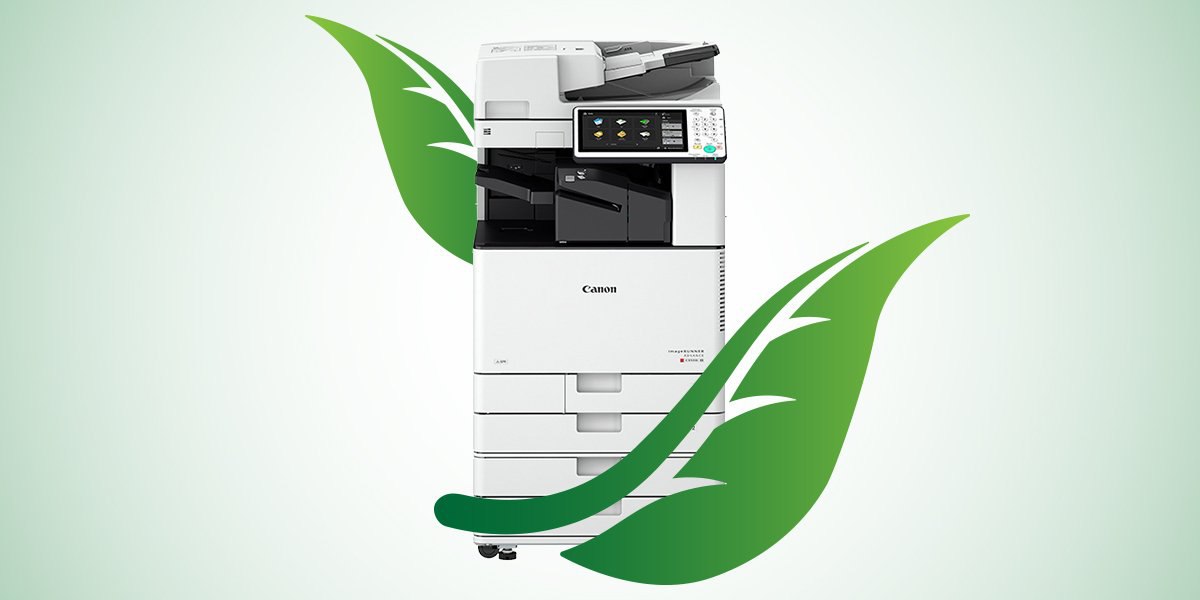Going Green: Sustainable Printing Practices for Businesses
In today’s world, where the effects of climate change and environmental degradation are becoming increasingly evident, businesses have a responsibility to adopt sustainable practices. One area often overlooked in this regard is printing. Printing, though an essential part of many businesses, can have a significant negative impact on the environment. However, by implementing sustainable printing practices, businesses can reduce their ecological footprint and contribute to a greener future.
1. Choose Recycled Paper
One of the simplest ways to go green with printing is by using recycled paper. Look for paper that is made from post-consumer recycled content. This reduces the demand for virgin paper, saving trees and energy. Additionally, opt for paper certified by recognized environmental organizations such as the Forest Stewardship Council (FSC) to ensure responsible sourcing.
2. Print Double-Sided
Printing on both sides of the paper significantly reduces waste. Encourage employees to default their printers to double-sided printing and make it a company policy. This practice not only saves paper but also decreases costs associated with purchasing and storing paper.
3. Optimize Print Layouts
Efficient print layouts can help reduce paper usage. Encourage employees to review and adjust margins, font sizes, and line spacing to fit more content on each page. By making minor adjustments to formatting, businesses can minimize the overall number of pages printed.
4. Digitalize Documents
An effective way to reduce printing altogether is by embracing digitalization. Encourage employees to share documents electronically, use cloud storage, and implement document management systems. Going digital not only saves paper but also improves accessibility and reduces the risk of document loss or misplacement.
5. Use Energy-Efficient Printers
Investing in energy-efficient printers can significantly reduce power consumption. Look for printers with the ENERGY STAR label, as they are designed to consume less energy during operation. Additionally, consider multifunction printers that combine printing, scanning, and copying functionalities to minimize the number of devices and save space.
6. Implement Printer Usage Policies
Creating guidelines for printer usage can help control unnecessary printing. Establish rules such as only printing when necessary, using grayscale instead of color, and printing in draft mode. By raising awareness and promoting responsible printing habits, businesses can reduce paper waste and save costs.
7. Recycle Printer Cartridges
Printer cartridges are often overlooked when considering sustainable practices. Encourage employees to recycle empty cartridges by providing designated collection points. Many manufacturers and office supply stores offer recycling programs that allow cartridges to be refilled or properly disposed of, preventing them from ending up in landfills.
8. Consider Digital Signage
Replace printed signs and posters with digital signage solutions. Digital displays are not only more eco-friendly but also offer dynamic content options. They can easily be updated, eliminating the need for printing new materials whenever changes occur, ultimately saving time and resources.
9. Collaborate with Green Printing Companies
When outsourcing printing needs, choose vendors that prioritize sustainability. Green printing companies use eco-friendly practices, such as soy-based inks and waterless printing. These options have a reduced environmental impact compared to traditional printing methods.
10. Educate Employees
Lastly, educate employees about the importance of sustainable printing practices. Organize workshops or training sessions to raise awareness about the environmental impact of printing and the benefits of going green. Encourage them to share ideas and actively participate in implementing sustainable initiatives.
Summary
Printing is an integral part of numerous business operations, but it often comes at a significant environmental cost. The paper used for printing contributes to deforestation, while the energy consumption and emissions associated with printing equipment further harm the planet. However, businesses can adopt sustainable printing practices to mitigate these adverse effects. By utilizing recycled paper, implementing double-sided printing, and optimizing print settings, companies can significantly reduce their paper consumption and waste. Additionally, investing in energy-efficient printers and promoting digital alternatives can further contribute to a greener office environment. Embracing sustainable printing practices not only benefits the environment but also demonstrates a commitment to corporate social responsibility, potentially improving a company’s reputation and attracting environmentally-conscious customers. It’s time for businesses to go green and prioritize sustainability in th try this web-site eir printing operations.
- Q: What are sustainable printing practices?
- A: Sustainable printing practices refer to environmentally-friendly methods and strategies used in the printing process, such as using recycled paper, soy-based inks, and energy-efficient printing equipment.
- Q: Why should businesses adopt sustainable printing practices?
- A: Adopting sustainable printing practices helps businesses reduce their environmental impact, conserve resources, and promote a positive brand image as an environmentally responsible company.
- Q: How can businesses reduce paper waste?
- A: Businesses can reduce paper waste by printing double-sided, using digital documents whenever possible, and implementing paperless workflows. Additionally, recycling paper waste is essential.
- Q: What are the benefits of using recycled paper?
- A: Using recycled paper helps conserve natural resources, reduces energy consumption, and minimizes pollution. It also sends a message to customers that the business supports sustainability.
- Q: What are soy-based inks?
- A: Soy-based inks are made from soybean oil instead of petroleum-based chemicals. They are more environmentally friendly, produce vibrant colors, and are easier to remove during the recycling process.
- Q: How can businesses reduce energy consumption in printing?
- A: Businesses can reduce energy consumption by using energy-efficient printers and equipment, turning off equipment when not in use, and optimizing printing settings for minimal energy usage.
- Q: Are there any certifications for sustainable printing?
- A: Yes, there are certifications such as the Forest Stewardship Council (FSC) certification that ensures the paper used in printing comes from responsibly managed forests. The FSC logo indicates sustainable sourcing.
- Q: How can businesses promote sustainable printing to their customers?
- A: Businesses can inform customers about their sustainable printing practices through marketing materials, website content, and product packaging. They can also offer eco-friendly printing options to customers.
- Q: Can businesses save money by adopting sustainable printing practices?
- A: Yes, sustainable printing practices can lead to cost savings in the long run. For example, using energy-efficient equipment reduces electricity bills, and printing double-sided reduces paper costs.
- Q: Where can businesses recycle their ink cartridges and toners?
- A: Many office supply stores, manufacturers, and recycling centers provide drop-off locations for recycling ink cartridges and toners. Some manufacturers even offer recycling programs with incentives.

Welcome to my website! My name is Logan Truscott, and I am a professional Vehicle Wrap Designer with a passion for all things related to printing and design. With years of experience in the industry, I have honed my skills and expertise to provide top-notch services to my clients.


